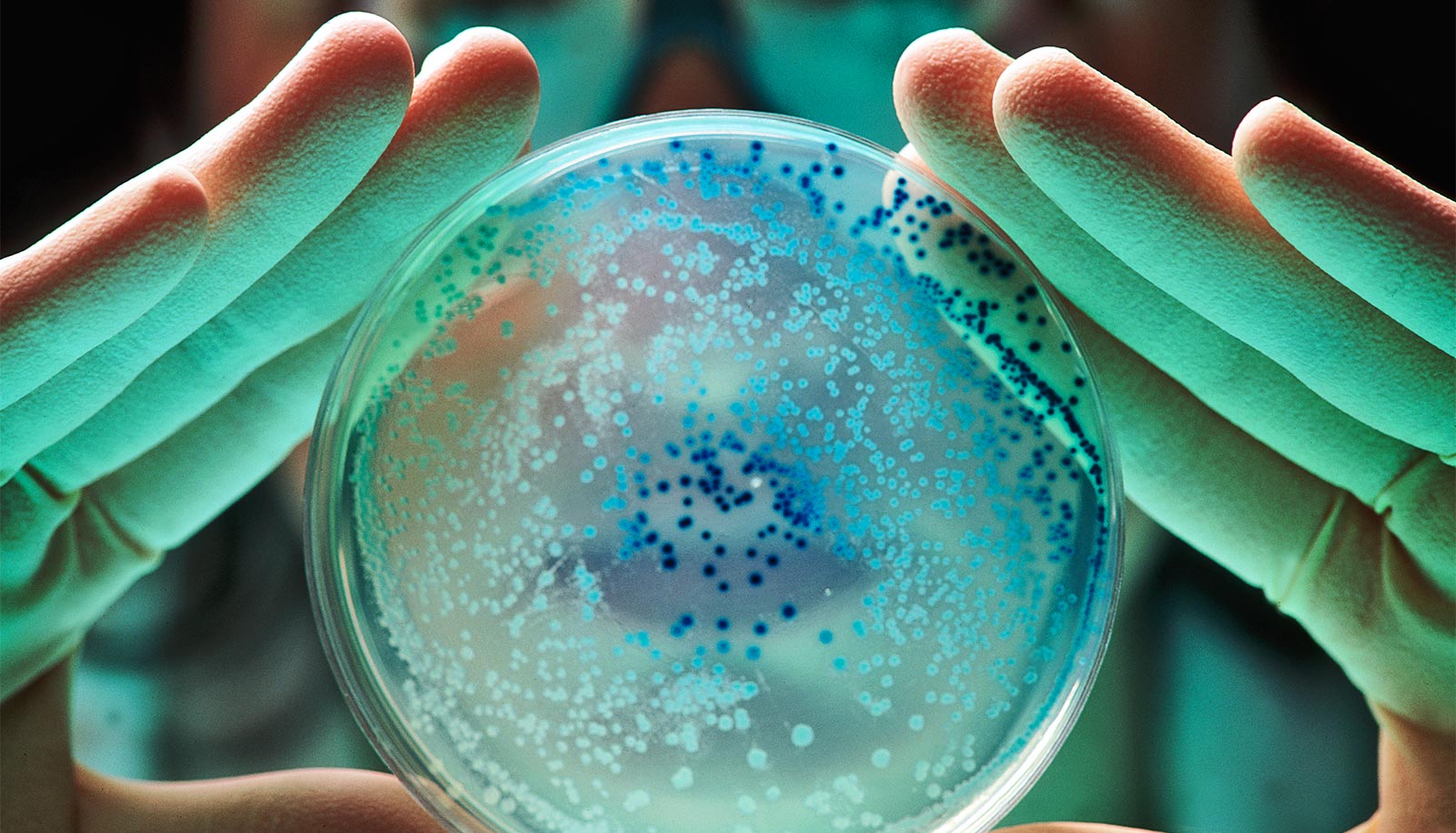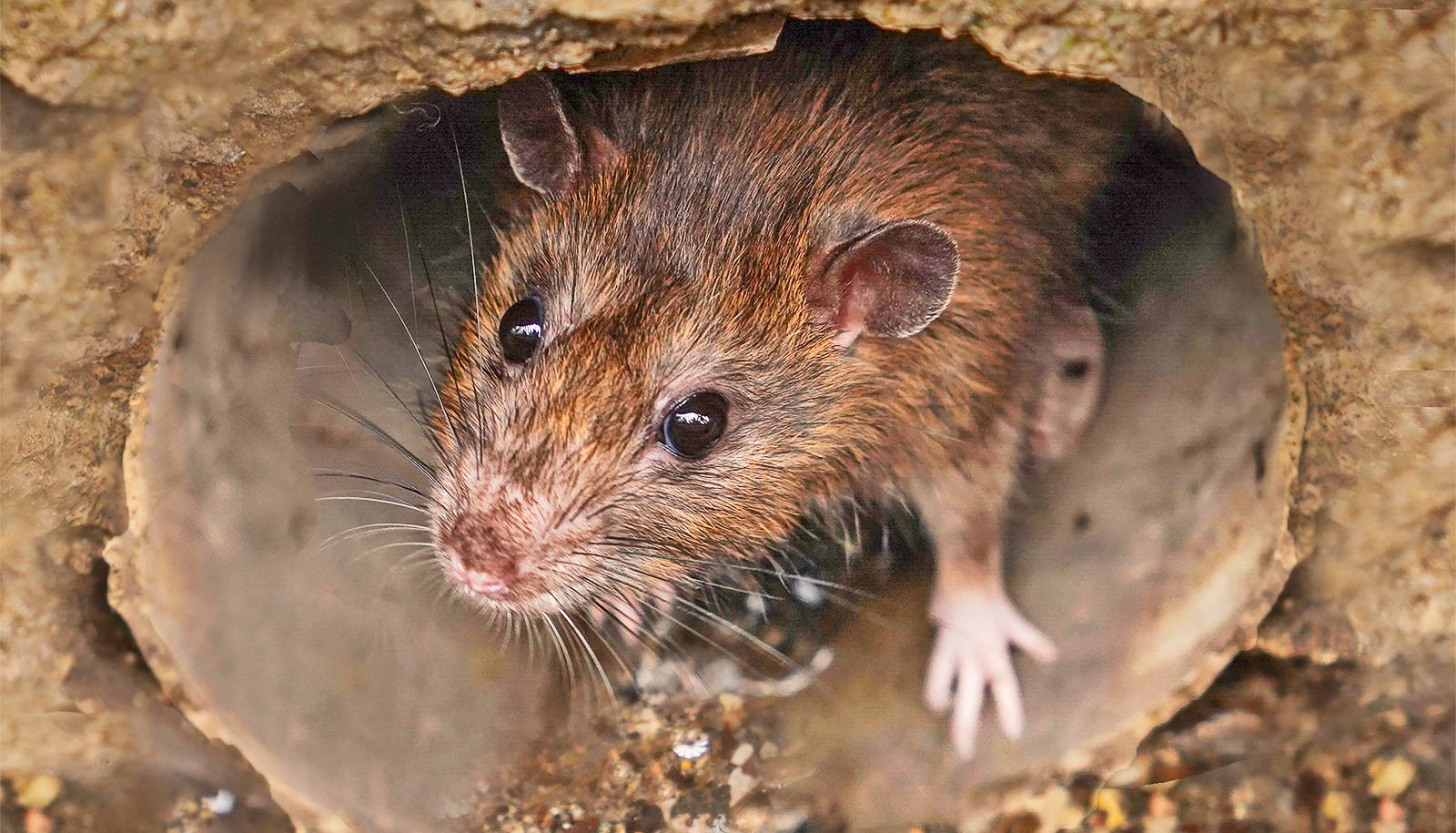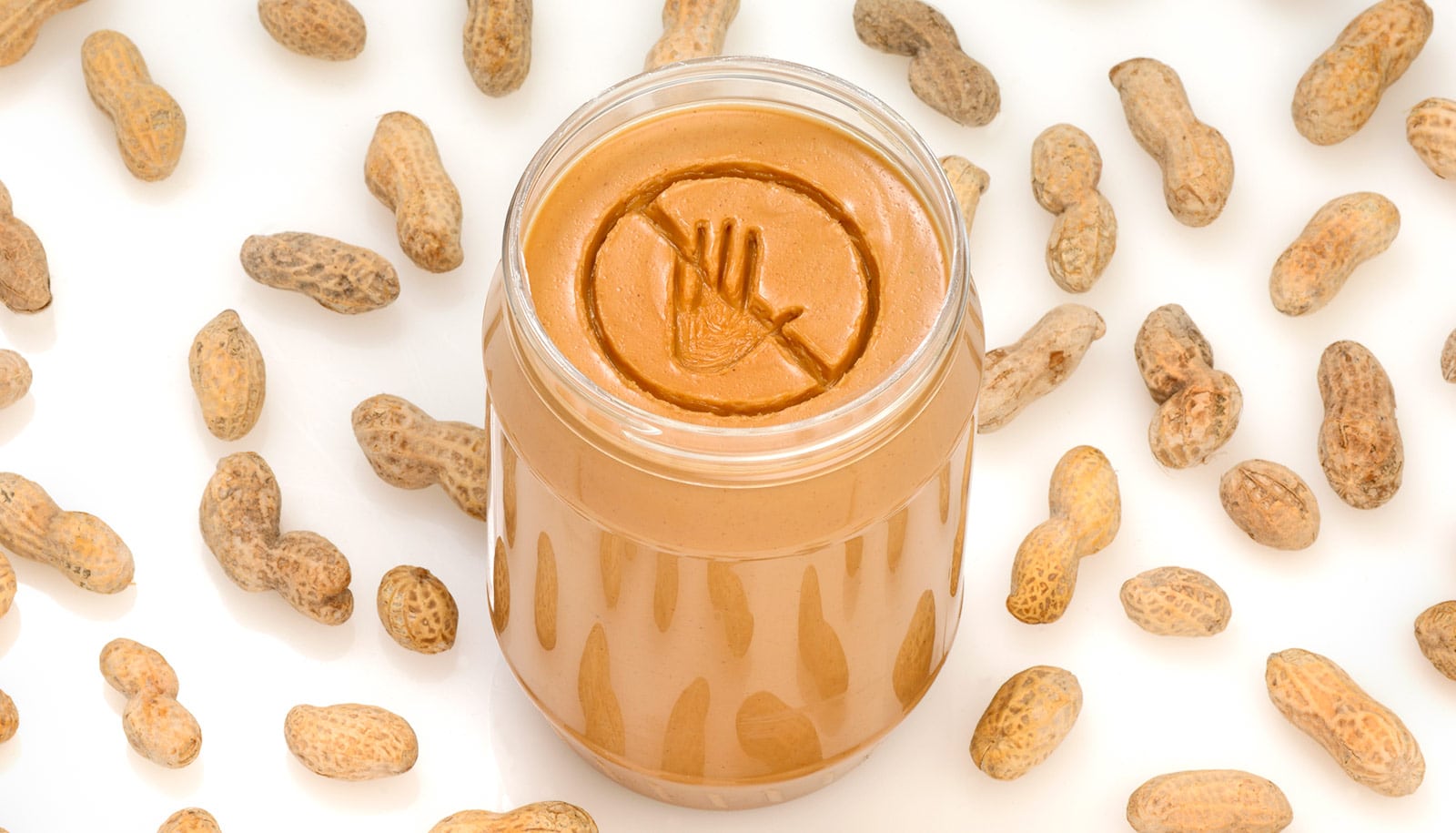Some people get extremely sick and even die after being infected by a particular strain of foodborne E.coli, while others experience much milder symptoms and recover relatively quickly.
Now scientists believe they have figured out why.
Over the course of a four-year study, researchers co-cultured the pathogenic E. coli O157:H7 serotype with a nonpathogenic strain of the bacteria and inoculated mice.
The mice got much sicker than mice that were infected with the pathogenic strain alone. The finding appears to be especially relevant because people normally have multiple strains of E. coli living in their intestines.
[These ‘spaceship’ viruses can kill E. coli in food]
Most E. coli bacteria are harmless and are an important part of a healthy intestinal tract. However, some E. coli are pathogenic, meaning they can cause illness by producing toxins that can result in bloody diarrhea, severe abdominal cramps, or other more serious conditions, such as impaired kidney function.
“Within our intestines, each of us carries several hundred different types of bacteria, including E. coli, and E. coli comes in a large number of varieties,” says Edward Dudley, associate professor of food science at Penn State.
“These range from organisms that just naturally colonize our intestines and provide us with benefits to organisms like the ones I focus on that have evolved to be very virulent.
“This research suggests that some strains of harmless E. coli in our intestines can interact with pathogenic E. coli in ways that will either increase or decrease how much toxin the pathogen produces. And that may dictate how sick one gets with an E.coli infection, or even if an infection proves to be fatal.”
Antibiotics only make things worse
The study, published in the journal Infection and Immunity, may be a significant step toward doctors being able to predict how an E. coli-infected patient will fare by evaluating a stool sample and analyzing the presence or absence of various strains of nonpathogenic E. coli.
Follow-up studies are necessary to determine which nonpathogenic strains of bacteria amplify the production of E.coli O157:H7 “Shiga” toxin.
[Tiny E. coli ‘factories churn out new antibiotics]
“One of the issues with this particular pathogen is that by the time people are infected, we can’t do much for them,” Dudley says. “We can’t use antibiotics because antibiotics make E.coli O157:H7 more virulent—the only treatment is just to monitor the individual and make sure he or she doesn’t become dehydrated and be sure the kidneys stay functional.”
“What our findings suggest is that by looking carefully at the gut flora of someone who is sick—while we can’t necessarily treat them right away—we soon may be able to make a prediction about what the outcome of the disease is going to be. We can see if the patient is going to clear the organisms and have mild symptoms, or if they are likely to have something that is more serious.”
Your gut microbiome
To test their hypothesis, lead researchers Kakolie Goswamie and Chun Chen cultured multiple strains of E. coli, inoculated otherwise germ-free mice and followed the resulting infections. They then examined the animals’ kidneys, intestines, and livers after the mice died, using molecular biology and DNA-sequencing techniques, along with biochemistry procedures.
“These findings create a compelling argument to reconsider the appropriateness of assessing the virulence potential of E. coli O157:H7 strains solely by quantifying Shiga toxin production in pure cultures, because there are many strains of otherwise harmless E. coli present in the human intestine that have the potential to enhance Shiga toxin production,” Goswamie says.
“More research on the interactions between E. coli O157:H7 and the plethora of bacterial species present in the intestine is needed to appreciate how the gut microbiome affects virulence of this foodborne pathogen.”
The next step will be to study how pathogenic and nonpathogenic organisms communicate with each other and how modern medicine might use that information to minimize the course of disease, Dudley says.
“We hope these findings have both a diagnostic potential and the promise of leading to information that will make the disease outcome less severe.”
The US Department of Agriculture supported the work.
Source: Penn State


